My UK Work Assignment, February 1994 to March 1995
I spent thirteen months on and off in London working on a job assignment just prior to my retirement. There was a large contingent of there. On weekends we availed ourselves of the opportunity to see England, Wales, and Scotland. A few of us made weekend trips to other places such as Ireland, Belgium, and France. Our spouses joined us for several weeks over the period.
IRELAND
Laid over one weekend in Ireland. Flew into Dublin, rented a car and traveled around eastern Ireland.
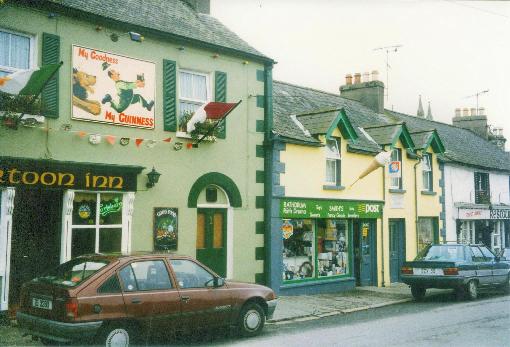
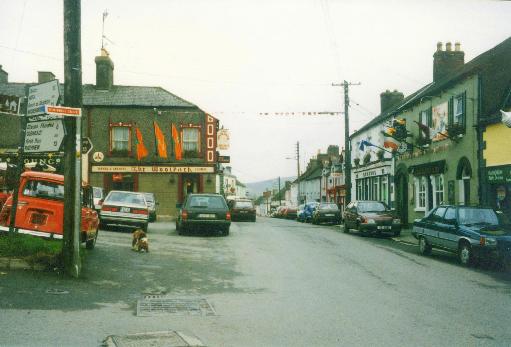
Rathdrum, County Wickham

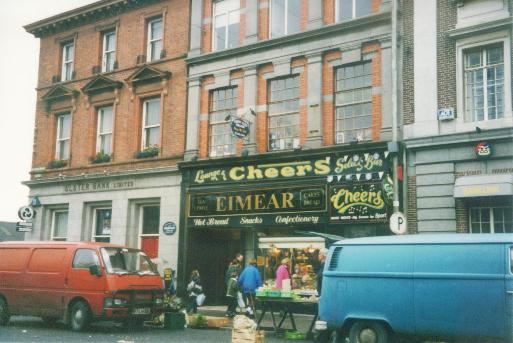

Dundalk on the border with Northern Ireland. The Emerald Bar was owned by Colm Murphy, a reputed leader of the IRA
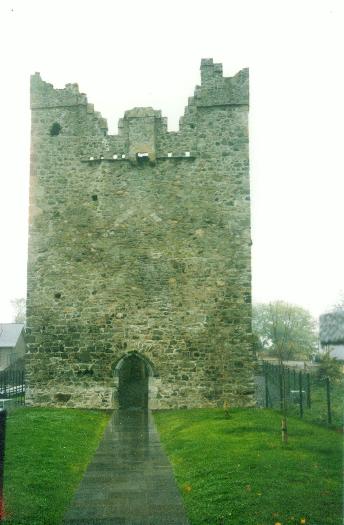
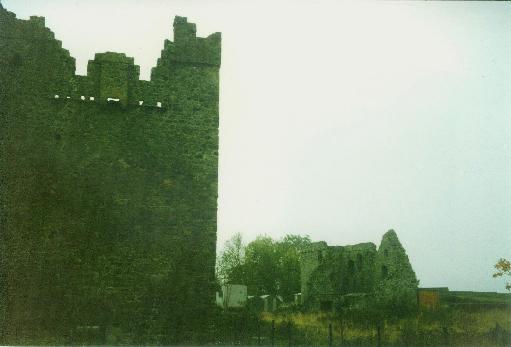
An Irish Tower north of Dublin. These fortified houses were built to protect families from marauders
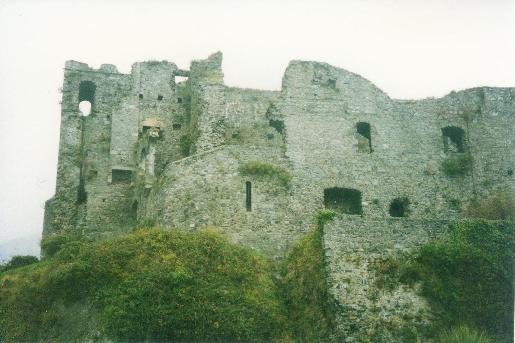

Irish castle north of Dublin
BELGIUM
A group of us went to Belgium for a weekend in October 1994.
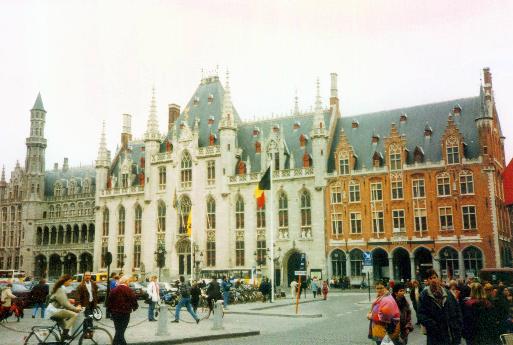
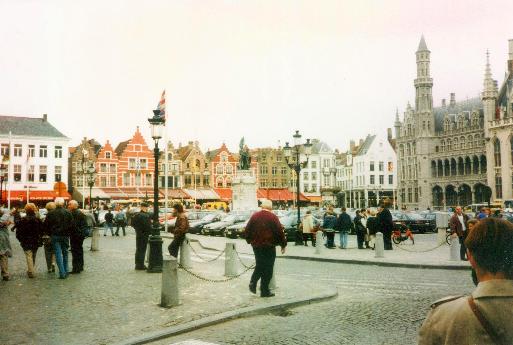
Brugge - city square
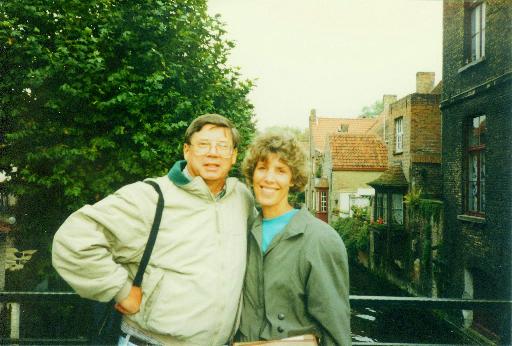
Brugge - canal
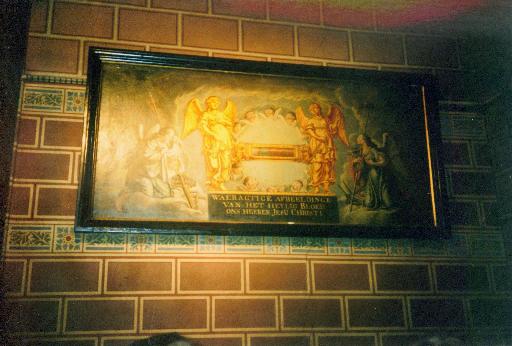
Brugge - Church of the Holy Blood - vial of Christ's blood
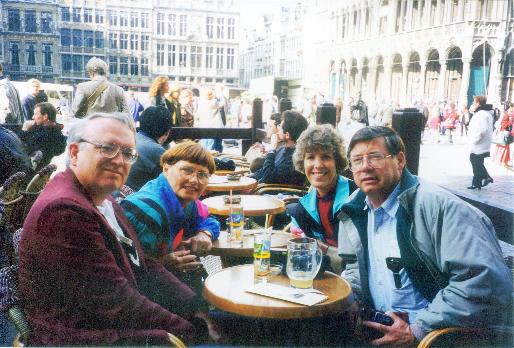
Brussels - city square with Howell and Jane Teasley
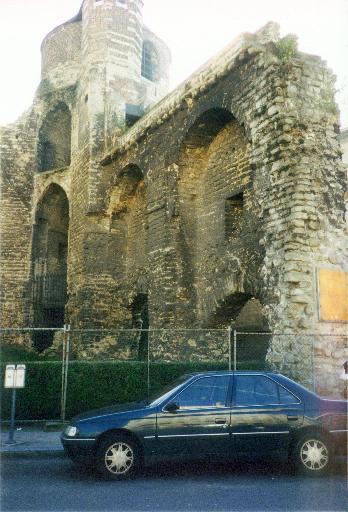
Brussels - old city wall
ENGLAND
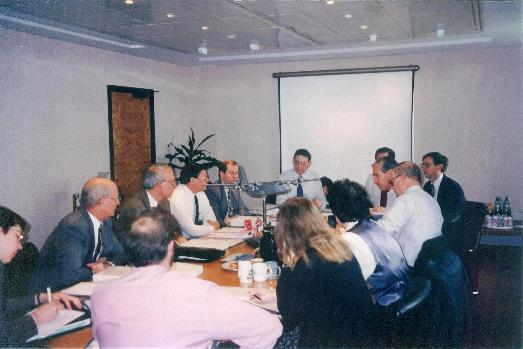
London- business meeting in company office
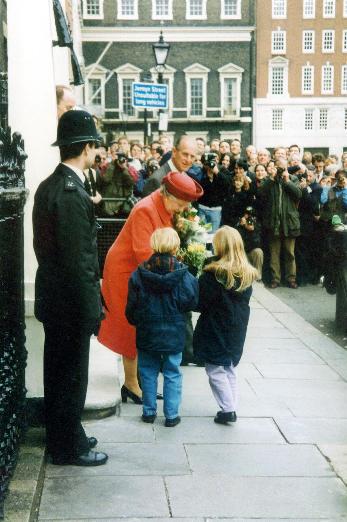
London - Queen Elizabeth II
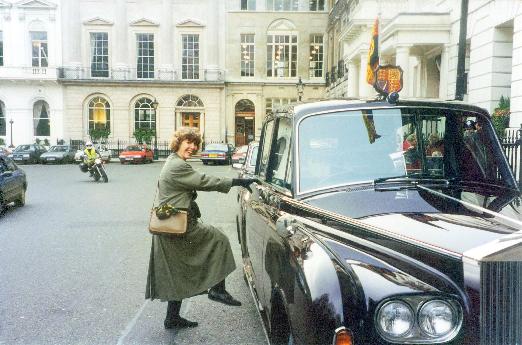
London - Marilyn trying to enter the Queen's limo!
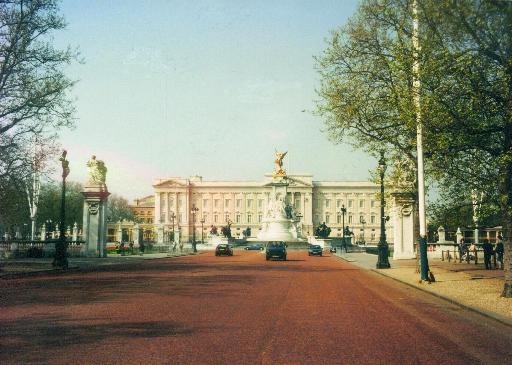
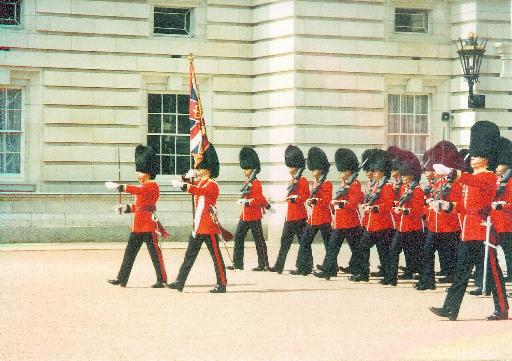
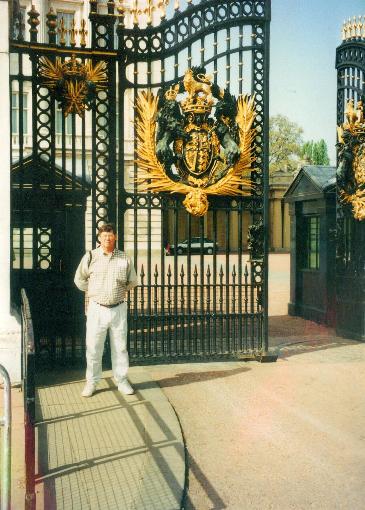
London - Buckingham Palace
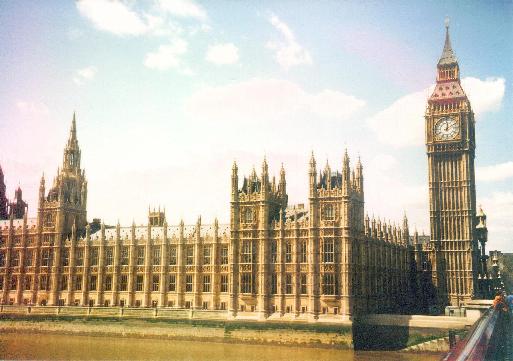
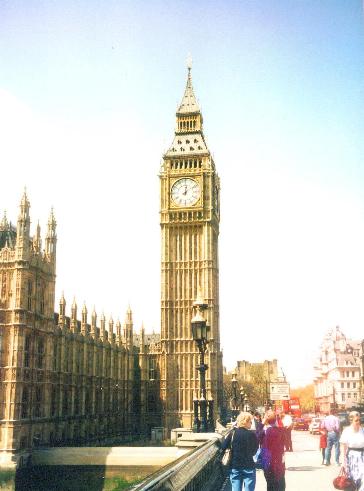
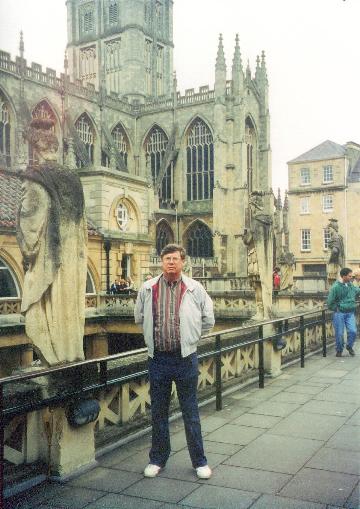
London - Westminster
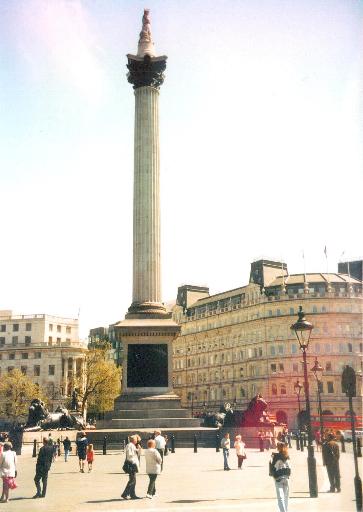
Nelson Column at Trafalgar Square
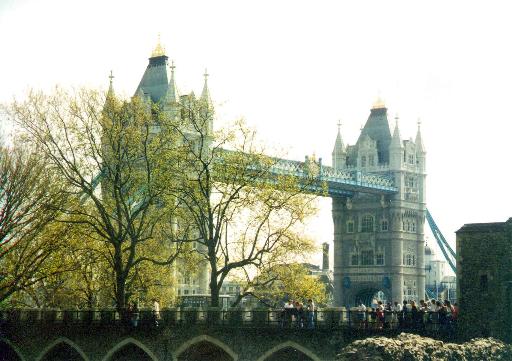
London - Tower Bridge
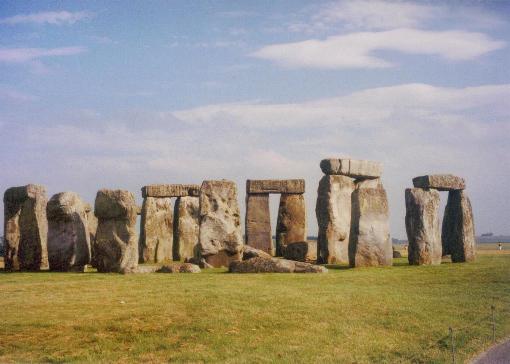
Stonehenge
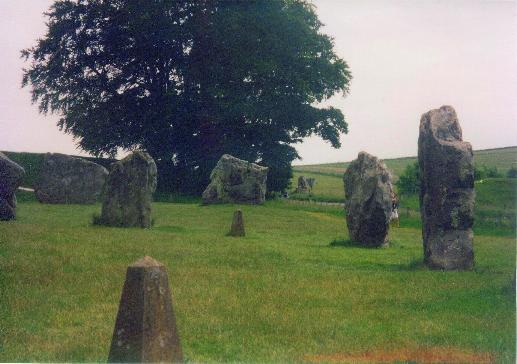
Avebury - prehistoric megaliths in a circle, Radioactive carbon dating of the fill matter in the holes date to 2800-2400 BC
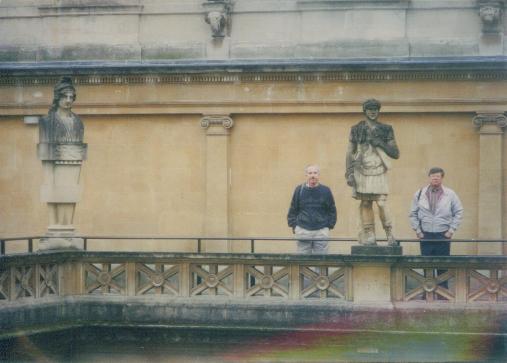
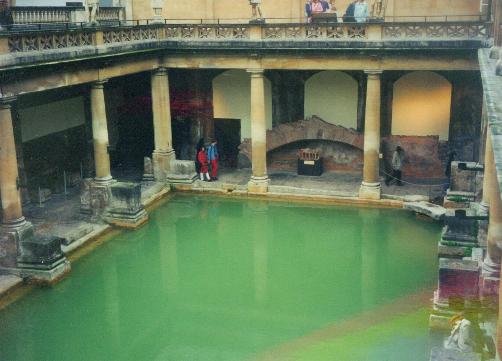
Bath - Roman baths (with Don Villenow)
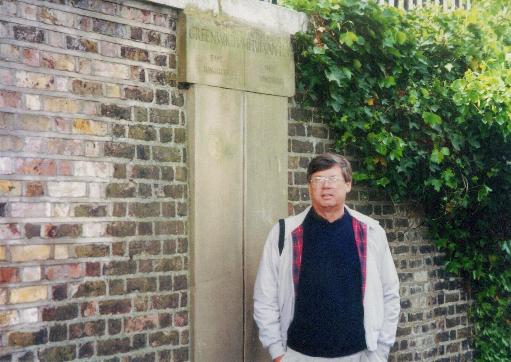
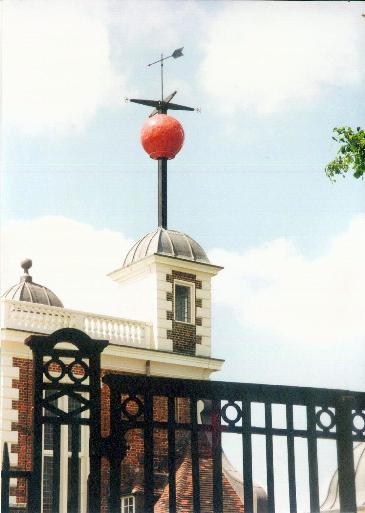
Greenwich Observatory - Prime Meridian
SCOTLAND

Scottish countryside

Fort Augustus
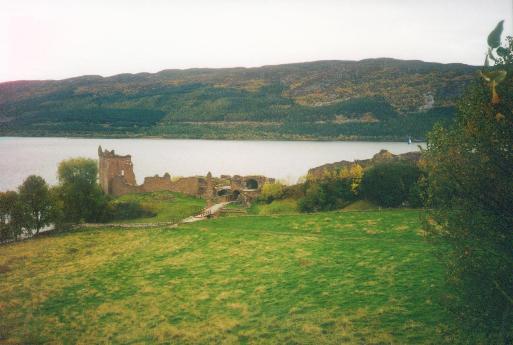
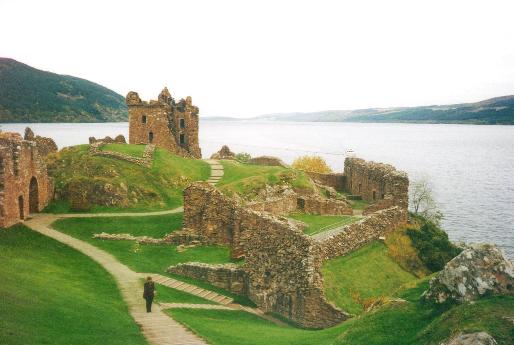
Urquhart Castle and Loch Ness - The castle was built in the late 12th century. It was alternately under the control of Scots and English. Finally the castle was abandoned in the 17th century. Locals removed much of the masonry to be used on their homes


Loch Leven
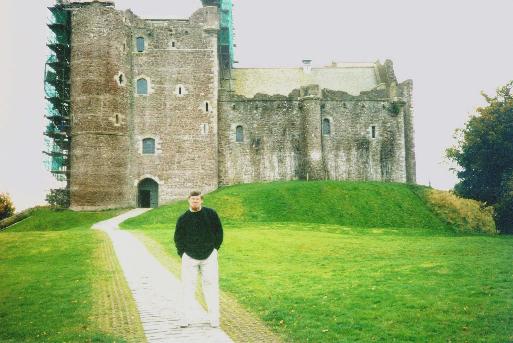
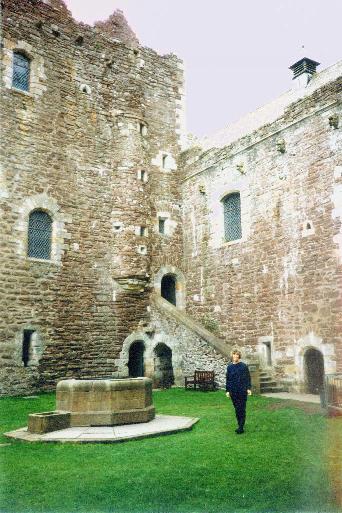
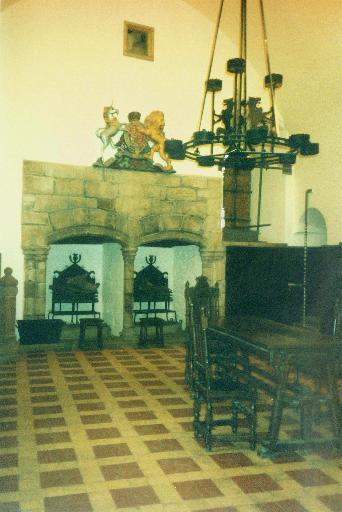
Doune Castle, Creiff
WALES
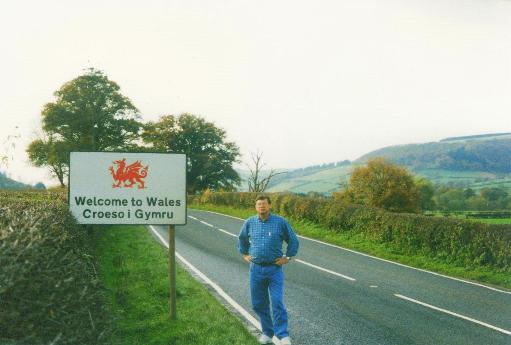
Welsh border on A488 near Knighton

Knighton
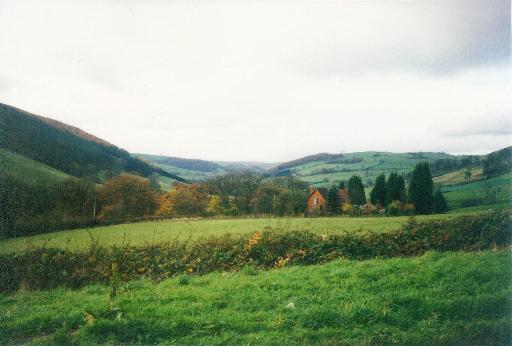
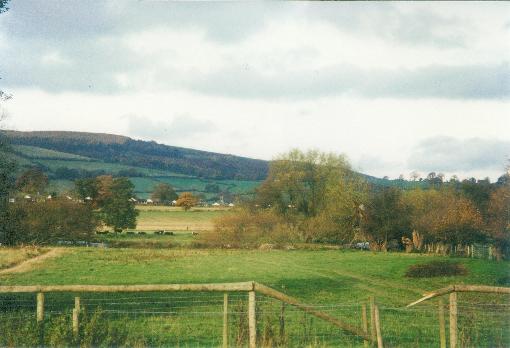
Welsh countryside near Knighton

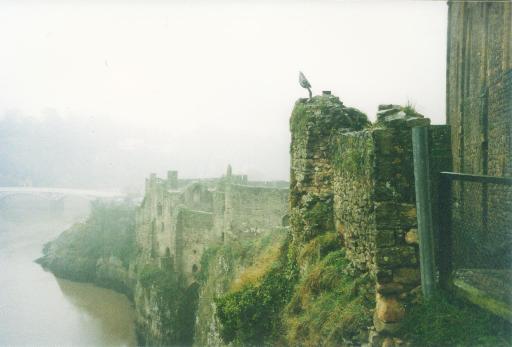
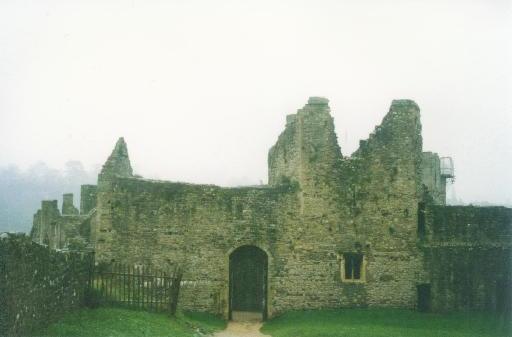
Chepstow Castle in Monmouth County - It is a Norman castle perched high above the banks of the river Wye in southeast Wales. Construction began at Chepstow in 1067, less than a year after William the Conqueror was crowned King of England. While Edward had his master castle builder in the person of James of St. George, the Conqueror, some 200 years earlier, had his equal in the person of his loyal Norman lord William FitzOsbern. FitzOsbern's fortresses were the vehicles from which the new king consolidated control of his newly conquered lands. Chepstow Castle became the key launching point for expeditions into Wales, expeditions that eventually subdued the rebellious population
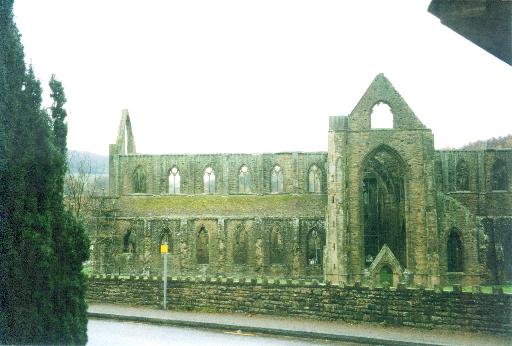
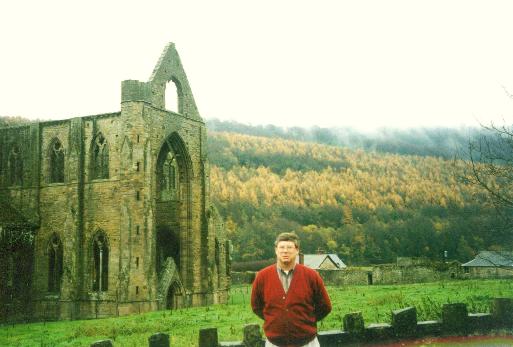
Tintern Abbey - Tintern Abbey was originally founded by Cistercian monks in 1131 in the reign of Henry I. Between 1270 and 1301 the Abbey was rebuilt and by the end of the rebuilding, around four hundred monks lived in the complex. The Black Death arrived in 1349 and affected Abbey life badly but it continued to operate until 1536.The ruins are a Cistercian abbey that was built between 1269 and 1301. It has a simple cruciform plan, with an aisled nave, transepts each with two chapels, and a square-ended aisled chancel. After Henry VIII broke with Rome and in 1536 to 1540 he shut down or destroyed some 800 monasteries. Tintern was one of these
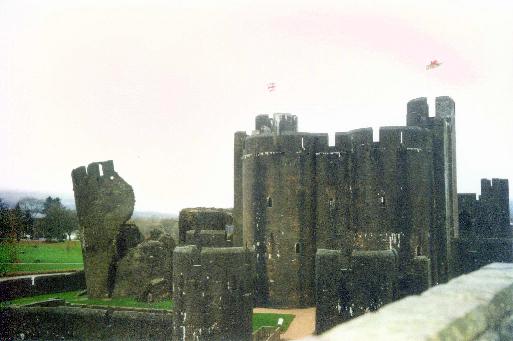

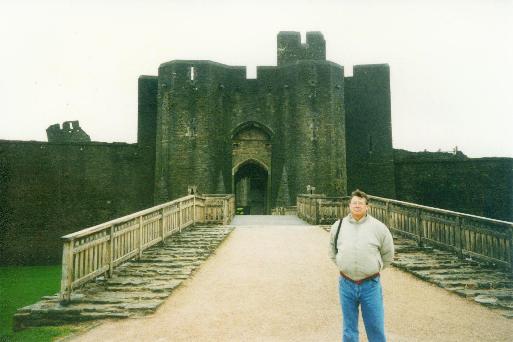
Caerphilly Castle - it the second largest castle in Britain and it was built in 1268-1271. One of Henry III's most powerful and ambitious barons, Gilbert de Clare, lord of Glamorgan, built this castle. His purpose was to secure the area and prevent lowland south Wales from falling into the hands of the Welsh leader Llywelyn the Last, who controlled most of mid and north Wales. He had seized the upland district of Senghenydd, in which Caerphilly lies, from the Welsh in 1266 to act as a buffer against Llywelyn's southward ambitions. Other than remodeling of the great hall and other domestic works in 1322-6 for Hugh le Despenser, no more alterations were carried out, making it a very pure example of late 13th-century military architecture.
RETURN to Home